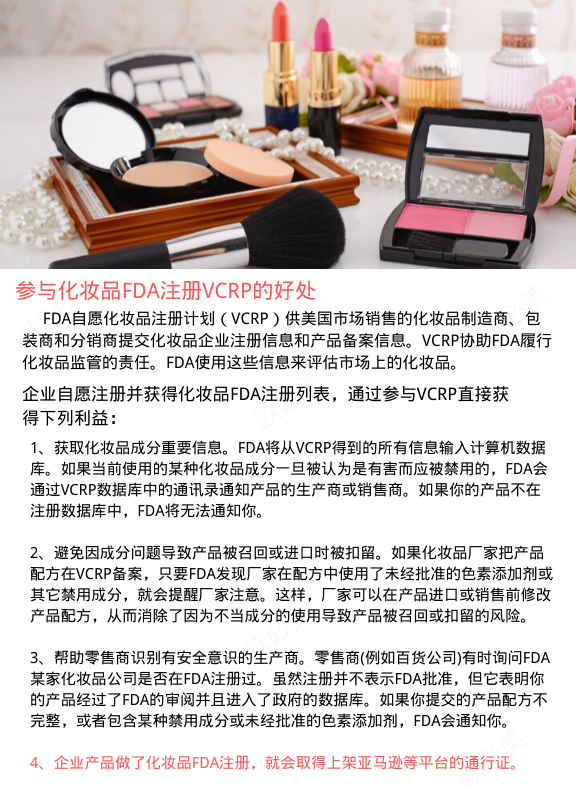The decision to collect samples is based on the nature of the product; FDA focus issues; Past history of the product. FDA takes a physical sample and sends it to an FDA regional laboratory for analysis
If the FDA finds that the sample meets the requirements, it sends a "release notice" to THE U.S. Customs and the importer, respectively.
If the FDA determines that a sample "appears to violate the FDCA and other applicable laws," it sends a "notice of seizure and hearing" to CBP and the importer, respectively. The notice details the offence and nature and gives the case and the importer 10 working days to provide evidence of the approval of the consignment.
Impounded imports must be trimmed, returned, or destroyed under FDA or U.S. Customs supervision
The hearing is the only opportunity for the importer to defend the import or provide evidence that will enable the goods to be repaired and fit for entry.
If the importer and the underwriter, shipper, importer or a designated representative do not respond to the notification, FDA sends a "notice of refusal" to the CBP and the importer. Then the products in question are returned or destroyed.
If the case and the underwriter, shipper, importer, or a designated representative respond to a Notice of Seizure and hearing, FDA will hold a hearing on the seized product when the importer provides evidence that the product "meets the requirements" or submits a request to repair the product.
If the firm provides evidence that the product meets the requirements, the FDA will collect follow-up samples. After analysis, the product is either released or denied entry.
FDA reviews the importer's proposed modification procedure and approves or disapproves it as the case may be. Once approved, FDA will conduct follow-up testing/sample collection to determine eligibility. If the sample is acceptable, send "release notice" to US Customs and importer. Notice of rejection will be issued if the sample is unqualified.


